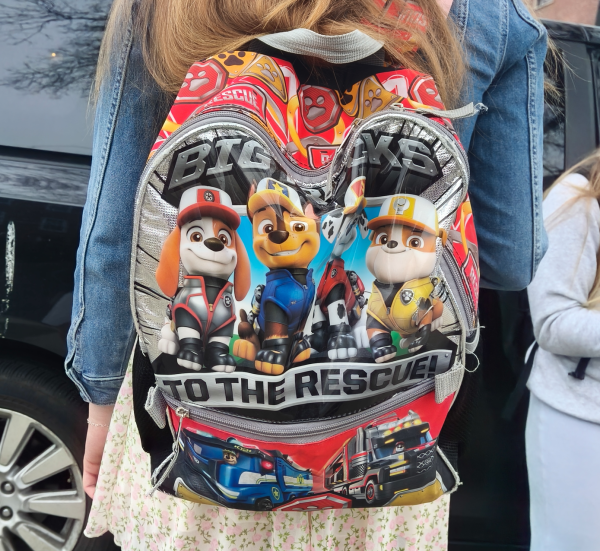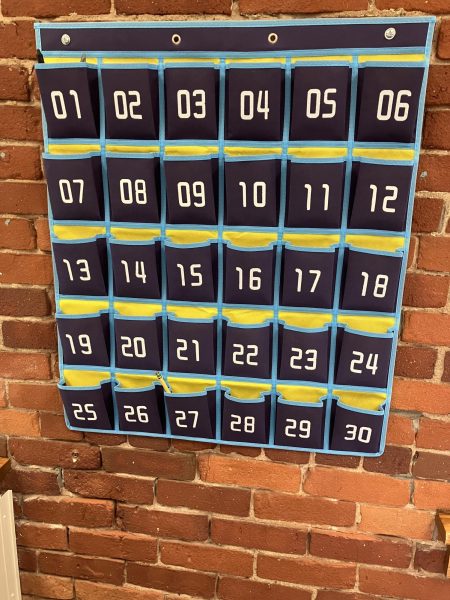“Euphoria” Reignites TV Debate Over Graphic Content
Even though the first season came out almost two years ago, “Euphoria” season two just dropped and is already making headlines everywhere due to its controversial content and new cast of characters.
Written and directed by Dan Levinson and executive-produced by Drake in partnership with production company A24, “Euphoria” dropped in the summer of 2019 on HBO, and quickly became one of the most watched shows of the year.
It features a group of students at a high school, but focuses primarily on Rue, a 17-year-old drug addict struggling to balance the ups and downs of teenage life. She is portrayed by well known actress Zendaya.
Joining Zendaya on screen are other actors and models such as Sydney Sweeney, Hunter Schafer, and Jacob Elordi. The show also welcomed new characters for season two, including Elliot, who is portrayed by actor and musician Dominic Fike.
Throughout the first season, graphic depictions of drug use, violence, and sex were fairly constant, despite the show being popular among high schoolers.
As of Jan. 17, the first and second episodes of season two have been released.
The content continues to be just as, or even more, graphic than season one, with Rue’s drug use, and frequent intimate scenes between characters.
The content of the show, by no surprise, has caused controversy. Many people question whether children should have easy access to such shocking material. Some argue that society has become far too comfortable seeing graphic content. Many argue that the show glorifies drug use and partying. But others say the raw and honest depiction of teenage life does have a place on the screen, and could even help some teenagers.
Belén Degener, a day student from Southampton, Mass., thinks the graphic nature of the show is necessary to accurately portray teenage life.
“I think that if the show was any less graphic, the portrayal of the characters’ lives wouldn’t be true to the stories they are trying to tell,” she said. “For example, the show’s portrayal of sexual assault and the culture of power dynamics between boys and girls is very true to the experience of many high schoolers. If the show didn’t show them as graphically and didn’t portray events like these as they actually happen, they wouldn’t be as shocking or as powerful.”
Anna Jofre, a boarder from New Rochelle, N.Y., agreed.
“I don’t think that it’s graphic in an encouraging way, but I think it’s graphic in a realistic way,” she said. “It’s sad, but it doesn’t make you want to act the same way they do in the show.”
Although perhaps an accurate depiction of teenage life, many still don’t believe this justifies the shocking material.
“While I love the show, I think that “Euphoria” really glamorizes and desensitizes drug use amongst teenagers,” said senior Tabitha Randlett. This idea is also present in other shows like “Grand Army,” “13 Reasons Why,” “Sex Education,” and “Game of Thrones.”
Many professionals agree. According to the American Academy of Child and Adolescent Psychology, American children watch four hours of television every day on average, and, because of this, it “can be a powerful influence in developing value systems and shaping behavior.”
The same report stressed that graphic television can make viewers “immune or numb to the horror of violence,” and make viewers imitate what they watch on screen, or see violence “as a way to solve problems.”













